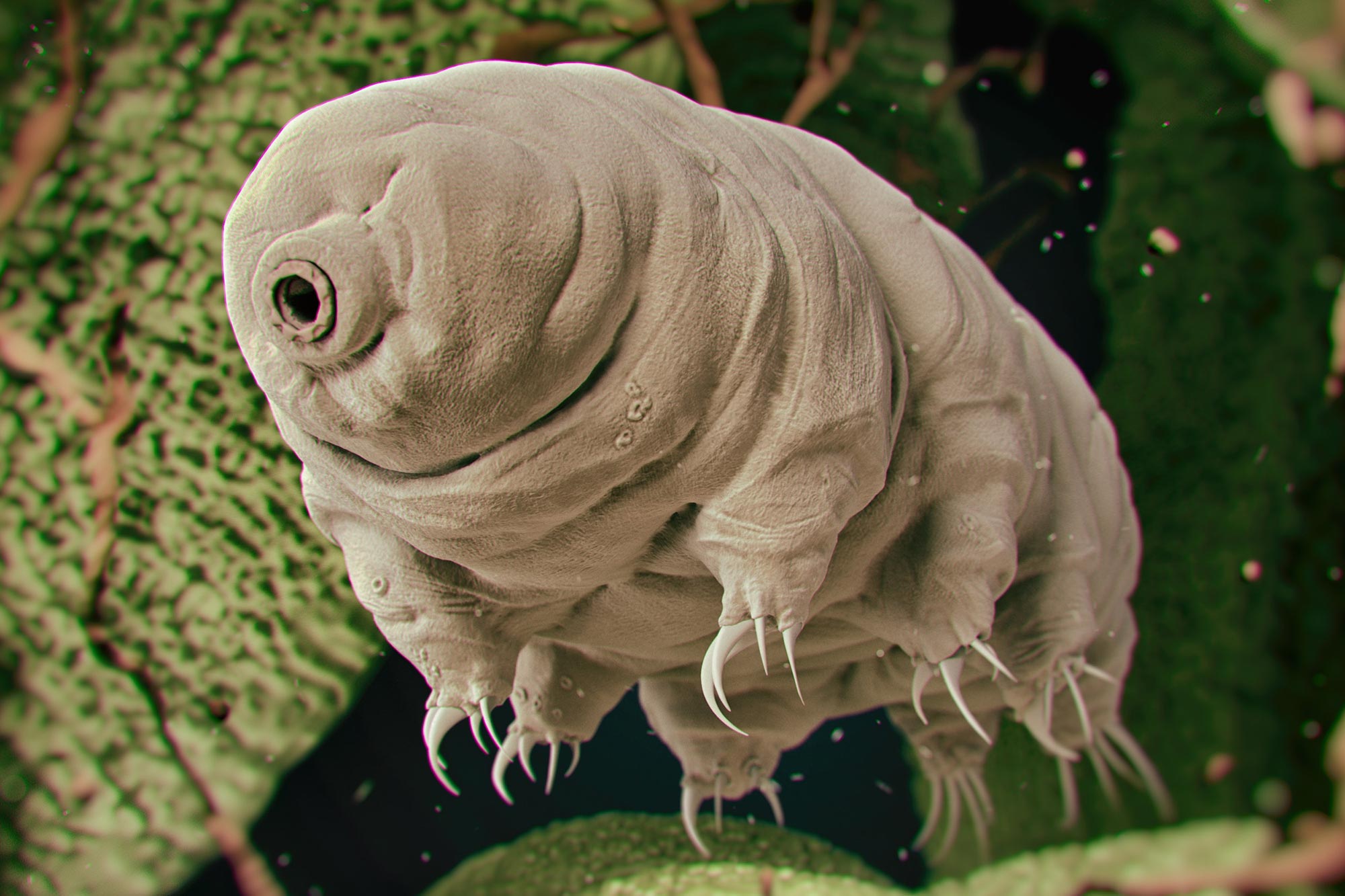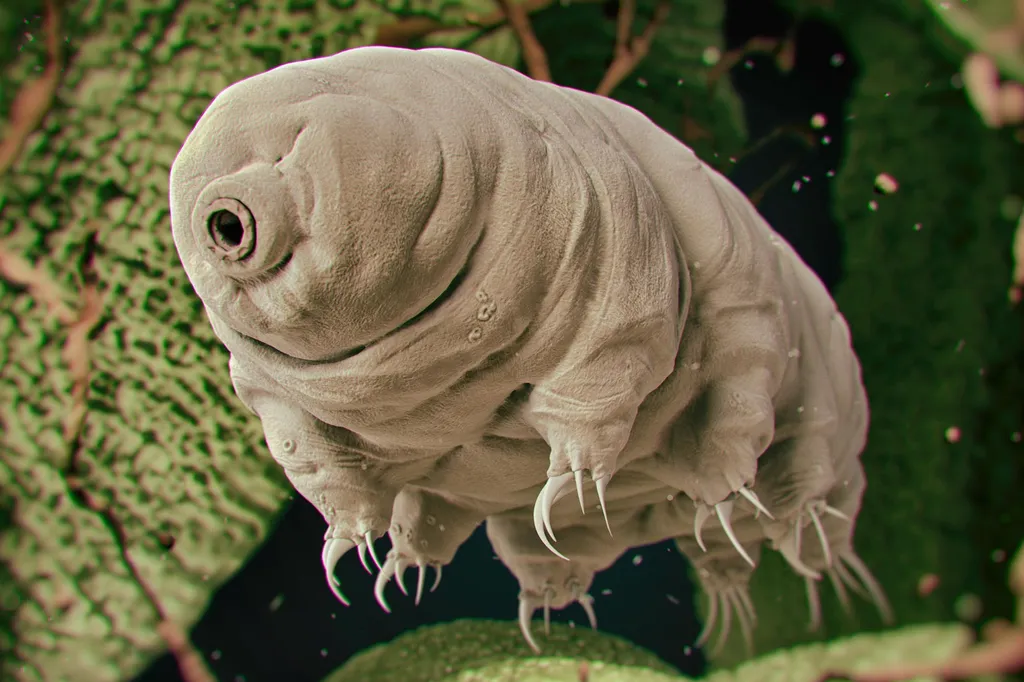

Tardigrades, also known as water bears, evolved over 500 million years ago.
Researchers improve their understanding of the toughness of tardigrades.
Researchers at the University of Wyoming have learned more about the biological processes that enable tiny creatures known as tardigrades to endure harsh circumstances, such as being completely dried out in suspended animation for years.
Thomas Boothby, an assistant professor of molecular biology, and colleagues found how trehalose, a sugar, interacts with proteins to enable tardigrades to survive in the absence of water. Their findings were recently published in the journal Communications Biology.
Tardigrades, often known as water bears, are less than half a millimeter long and can tolerate being completely dried out, frozen to just above absolute zero (approximately minus 458 degrees Fahrenheit, when all molecular motion ceases), heated to more than 300 degrees Fahrenheit, irradiated several thousand times beyond what a person can withstand, and even survive the vacuum of outer space.
Tardigrades’ ability to survive being dried out has perplexed scientists since it seems to vary from that of a number of other species that can enter suspended animation. Previously, scientists believed tardigrades did not produce trehalose to survive drying out, but Boothby and his colleagues discovered that they do, although at lower levels than other organisms.
The researchers also found that, in tardigrades, trehalose works synergistically with another tardigrade-specific protein called CAHS D.
Ultimately, Boothby and other researchers hope that their discoveries can be applied to help solve societal and global health issues — in this case, water scarcity. Their work might lead to better ways of stabilizing pharmaceuticals and generating engineered crops that can cope with harsh environments.
“A long-term goal of this field is to understand better how to confer the adaptation abilities of tardigrades to organisms that do not naturally survive drying,” Boothby says. “This study and its findings provide a compelling argument that to do so may require the combination of different, synergistic protectants.”
Reference: “Trehalose and tardigrade CAHS proteins work synergistically to promote desiccation tolerance” by Kenny Nguyen, Shraddha KC, Tyler Gonzalez, Hugo Tapia, and Thomas C. Boothby, 1 October 2022, Communications Biology.
DOI: 10.1038/s42003-022-04015-2
The study was funded by the National Science Foundation, the Defense Advanced Research Projects Agency, and the National Institutes of Health.